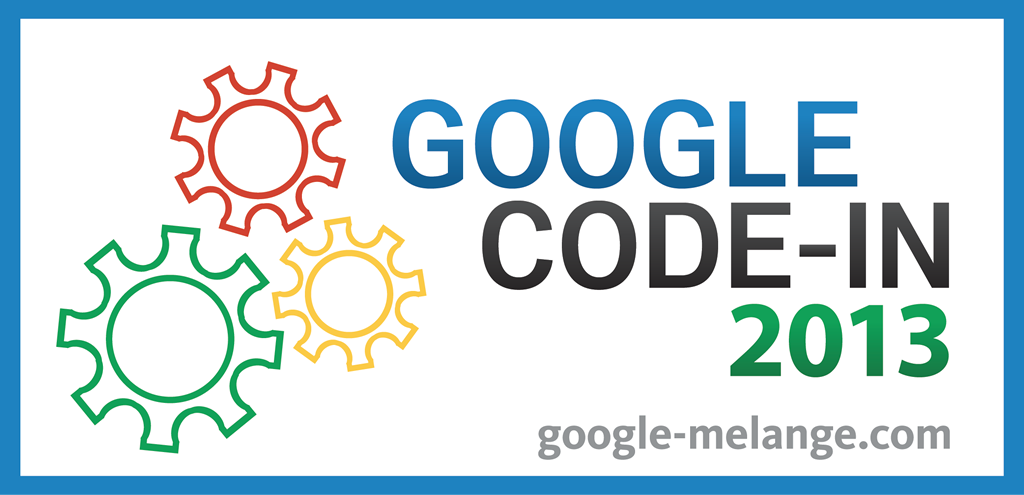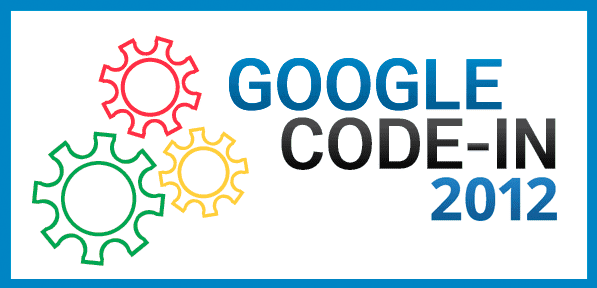Google Code-in 2014 (GCI) is in the books! This has been an exciting year for GCI: we celebrated the fifth anniversary of the contest and experienced our largest student participation to date.
Congratulations to all of the students who had their first experience with open source software development during GCI 2014. Over the last seven weeks, 667* students from 54 countries completed 3,260* tasks in the contest.
We had 12 open source organizations dedicated to teaching teens about open source and their communities participate this year. These organizations created almost 4,000 tasks for students to choose from in the following categories: coding, user interface, documentation, training, research, outreach, and quality assurance. Some of the tasks students completed in the contest include: writing small pieces of code, creating tutorials, redesigning landing pages, optimizing social media accounts, creating new plugins, finding and fixing bugs, creating webcasts on accessibility testing, and building test cases.
GCI gives students the opportunity to put the skills they have been learning in the classroom to use on real software projects while also learning how to communicate effectively with people from all around the world by participating in these open source communities. The collaboration aspect of GCI is the key to the success of the program and the real benefit to the students. During the course of the contest, they learn that open source software projects are a true team effort and there are many ways that you can contribute to a community.
Stay tuned: we will announce the 24 Grand Prize Winners for the GCI 2014 contest here on February 2nd. Currently the mentors are busy reviewing the final work submitted by students, and then each of the 12 organizations will decide on their five finalists (who will all receive a special finalist sweatshirt). Of those five finalists, two students will be named the Grand Prize winners for each organization. Each Grand Prize winner and a parent will receive a 4 day trip to Google’s California headquarters this June where they will meet Google engineers, take part in an awards ceremony, and enjoy a fun-filled day of adventure in San Francisco.
GCI would not be possible without the heart of the program: the GCI mentors and organization administrators. These mentors and org admins spend countless hours creating and reviewing hundreds of tasks while also teaching students about all facets of open source development: community standards, new and exciting technologies, code reviews, version control systems, IRC, and everything in between. They are volunteers who are passionate about introducing teens to their open source communities and their reward is seeing the light go on in a student when they become excited about open source software development. A HUGE thank you to all of these mentors and org admins who make this program a success!
In the coming weeks we will share some statistics from this year’s program as well as posts about some of the extraordinary work students completed during Google Code-in 2014.
Congratulations Students, Mentors, and Organization Administrators on a job well done!
* The final evaluations are currently being graded; these numbers could increase in the next few days.
By Stephanie Taylor, Google Code-in Program Manager














.png)












.png)


